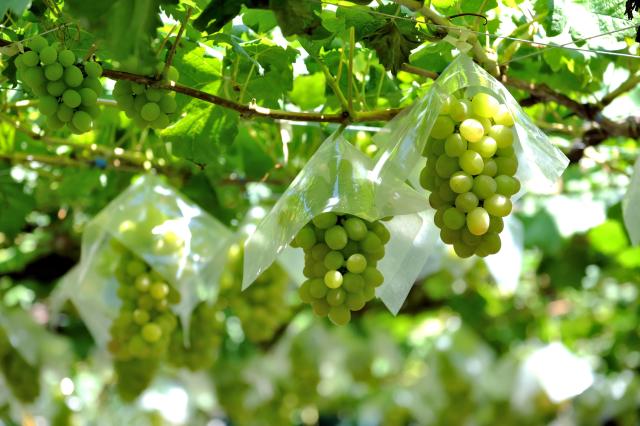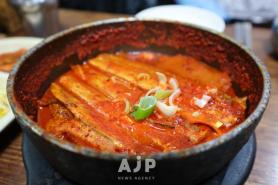
Export volume reached 1,412 metric tons between January and March, an 89.8 percent increase year-over-year, the Korea Customs Service said.
Despite a decline in average prices — from 5,389 won per kilogram in March 2024 to 4,978 won this year — the total value of grape exports climbed to $13.83 million, up 45 percent. That marks the fastest growth rate among South Korean fresh food products generating more than $10 million in export revenue.
Taiwan was the largest importer, accounting for 42.1 percent of total shipments, or 594 tons. It was followed by Hong Kong (225 tons), the United States (157 tons), Vietnam (146 tons), and Singapore (114 tons).
Officials attribute the increase in demand largely to the popularity of Shine Muscats, a premium grape variety prized for its sweetness, durability, and extended shelf life.
“The exceptional quality, sweetness, and superior shelf life of our flagship Shine Muscats have driven increasing demand across overseas markets,” said an official from the Ministry of Agriculture, Food and Rural Affairs.
Expanded domestic cultivation has also bolstered supply and improved international price competitiveness, further fueling the export boom, the official said.
Agricultural experts expect growth to continue, particularly after Australia eased quarantine restrictions in late April on Shine Muscats — a move that opens a key market previously limited to other South Korean grape varieties such as Campbell Early and Geobong.
The updated regulations require only standard protocols: registered export districts, fruit bagging, and cold disinfestation treatment — measures already in place for other varieties.
Copyright ⓒ Aju Press All rights reserved.




